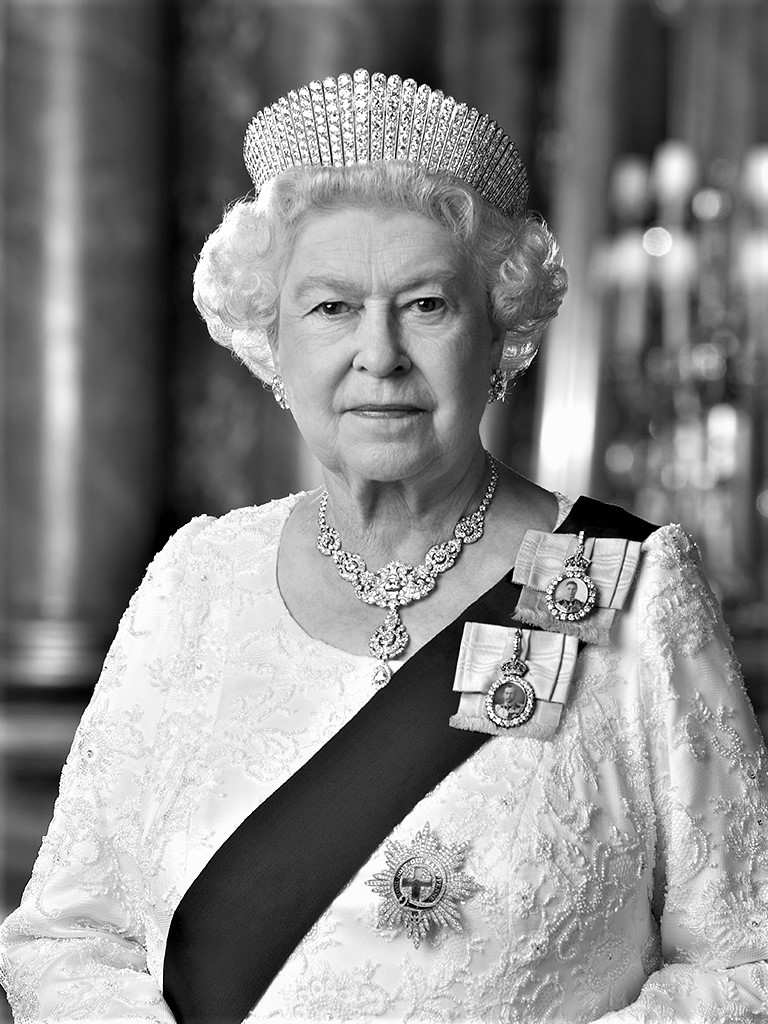We have birthing pools within the Midwifery Led Unit and one in the labour suite. Many women choose to use the pool for relaxation and pain relief in labour and many go on to give birth in the pool.
Evidence supports immersion in water and has found that it can reduce the length of the first stage of labour and reduce the need for epidural analgesia. There is no evidence of increased adverse risks or outcomes to the baby or mother (Cochrane, 2009).
Research based literature is limited as there have been no large, collaborative, randomised controlled trials to date. A major national survey reported no increase in the incidence of adverse outcome for mother and baby following water immersion for women in spontaneous labour following an uncomplicated pregnancy.
Water can be an effective form of pain relief for women, and a gentler introduction to the world for babies. Remember your baby has been in fluid for the duration of your pregnancy.
For the majority of women, it is quite safe to use water for labour and/or birth.
Water Labour & Birth

What are the benefits of having a water birth?
There are several benefits to giving birth to your baby in the water:
- Labouring in water helps you adopt a wider variety of positions which will help you relax and improve your comfort. Being less tense has been proven to speed up labour.
- The water allows you to experience a ‘weightless’ feeling, and can reduce both your body's production of stress related hormones and increase the body's own pain relieving hormones.
- Many women find that the water allows them more control over their labour.
- Water can help the tissues of the perineum to stretch and relax. This is known to reduce the chance of having severe tears or the need for an episiotomy. This is a cut to the perineum that may be used to help deliver your baby in some circumstances.
What are the risks of having a water birth?
For healthy women with an uncomplicated full term pregnancy, complications are rare. There are a few potential disadvantages to having your baby in the water or using the water birth pool during labour. These are listed below:
There may be other reasons why you might be advised not to have a water birth, your midwife will discuss these at the time.
- You will not be able to use the water birth pool if you have an epidural for pain relief.
- You may become dehydrated if you have a water birth although this can be overcome if you drink plenty of non-fizzy fluids.
There may be other reasons why you might be advised not to have a water birth, your midwife will discuss these at the time.

What happens during the water birth?
Your midwife will make sure that all is well with you and your baby before you enter the pool. Your midwife will continue to check your temperature, blood pressure, breathing rate and pulse while you are in the pool.
Your baby’s heartbeat will be listened to under the water with a waterproof hand-held device called a Doppler. This device uses ultrasound waves. This means you can relax in the water and your midwife can listen to your baby's heart rate without you having to get out of the water each time it is checked.
Water is a way of providing you with pain relief during your labour. You will also be able to use Entonox (gas and air) while you are in the water if you want to. If you want further pain relief, you can have diamorphine injections. However, if you have these, the midwife will ask you to leave the water birth pool as diamorphine can make some women drowsy. Once the effects of diamorphine have worn off, if you decide you would like to get back in the water birth pool, this may be an option.
The temperature of the water should be comfortable for you. To ensure you and your baby do not become too hot or too cold, it is recommended that the water temperature is between 35°C and 37°C in the first stage of labour and 37°C for the birth. The midwife will check your temperature, the water and the room temperature regularly.
Your baby’s heartbeat will be listened to under the water with a waterproof hand-held device called a Doppler. This device uses ultrasound waves. This means you can relax in the water and your midwife can listen to your baby's heart rate without you having to get out of the water each time it is checked.
Water is a way of providing you with pain relief during your labour. You will also be able to use Entonox (gas and air) while you are in the water if you want to. If you want further pain relief, you can have diamorphine injections. However, if you have these, the midwife will ask you to leave the water birth pool as diamorphine can make some women drowsy. Once the effects of diamorphine have worn off, if you decide you would like to get back in the water birth pool, this may be an option.
The temperature of the water should be comfortable for you. To ensure you and your baby do not become too hot or too cold, it is recommended that the water temperature is between 35°C and 37°C in the first stage of labour and 37°C for the birth. The midwife will check your temperature, the water and the room temperature regularly.
What happens when my baby is born?
Once your baby is born, the midwife guides your baby to the surface of the water.
Do not worry, your baby will not swallow the water during this process. This is because the temperature of the water surrounding your baby in the womb will be similar to the temperature of the water in the water birth pool (approximately 37oC). Your baby will take their first breathe only when he/she reaches the surface of the water and the cold air stimulates them to breathe.
Once your baby has been born, the head must not go back into the water in order to prevent them from inhaling water. Babies born in water tend to have their eyes open and be very calm. Sometimes, your baby may take a short time to become pink. This is because the birth has been very gentle and is normal.
You may deliver your placenta (afterbirth) in or out of the water birth pool. Your midwife will discuss this with you during labour.
We hope that we can help you to have the kind of birth that suits you.
Do not worry, your baby will not swallow the water during this process. This is because the temperature of the water surrounding your baby in the womb will be similar to the temperature of the water in the water birth pool (approximately 37oC). Your baby will take their first breathe only when he/she reaches the surface of the water and the cold air stimulates them to breathe.
Once your baby has been born, the head must not go back into the water in order to prevent them from inhaling water. Babies born in water tend to have their eyes open and be very calm. Sometimes, your baby may take a short time to become pink. This is because the birth has been very gentle and is normal.
You may deliver your placenta (afterbirth) in or out of the water birth pool. Your midwife will discuss this with you during labour.
We hope that we can help you to have the kind of birth that suits you.

